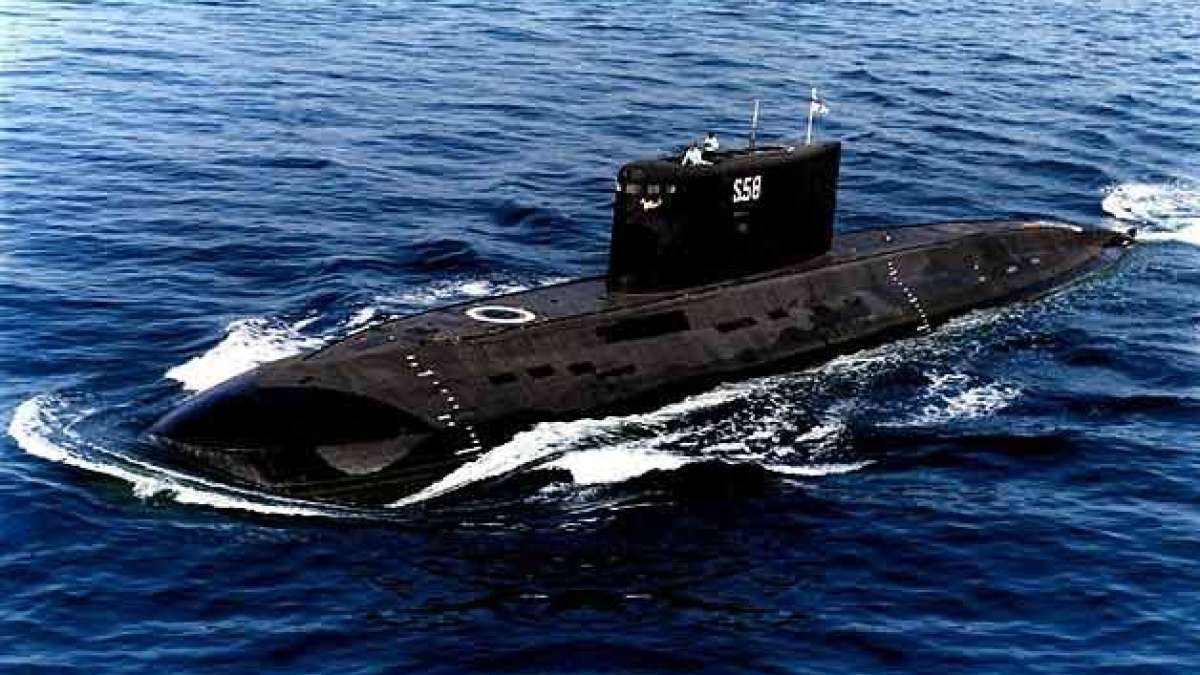As reported by IDRW, the Indian Navy is preparing to decommission INS Sindhughosh, the first of the ten Kilo-class submarines acquired from the erstwhile Soviet Union and later the Russian Federation. Commissioned on April 30, 1986, INS Sindhughosh served as the lead vessel of the Sindhughosh-class—India’s variant of the Russian Project 877EKM diesel-electric submarines. The decision to retire the submarine marks a significant step in the Navy’s ongoing efforts to modernize its underwater fleet by phasing out aging platforms in favour of more advanced and indigenously developed submarines.
INS Sindhughosh will become the third Kilo-class submarine to be decommissioned by the Indian Navy. It follows INS Sindhurakshak, which was decommissioned in 2017 after a fatal explosion in 2013, and INS Sindhudhvaj, which was retired in July 2022 at the end of its service life. Over its nearly 40-year career, INS Sindhughosh played a key role in protecting India’s maritime interests, conducting regular patrols, and taking part in several major naval exercises.
The Kilo-class submarines have long been a backbone of the Indian Navy’s underwater combat capabilities, offering a potent mix of stealth, endurance, and firepower. Equipped with torpedoes, naval mines, and anti-ship missiles, these submarines provided India with a credible deterrent and strike capability during the Cold War era and beyond. INS Sindhughosh, in particular, symbolized the close strategic and defence ties between India and the Soviet Union, and later Russia, which supplied all ten submarines between 1986 and 2000.
Over the years, INS Sindhughosh underwent several upgrades to extend its operational life, including the integration of new sonar systems and Klub-S cruise missiles. However, age-related challenges, rising maintenance costs, and the evolution of modern naval warfare have diminished the operational viability of the aging Kilo-class fleet. With a designed service life of about 30–35 years, these submarines are now reaching or have exceeded their intended operational timelines.
The decommissioning of INS Sindhughosh is part of a broader strategy to replace older assets with next-generation platforms. Under Project 751, the Navy aims to induct six new submarines equipped with air-independent propulsion (AIP) systems, enhancing underwater endurance and survivability. Additionally, India is investing in a fleet of nuclear-powered submarines, including the INS Arihant-class ballistic missile submarines (SSBNs) and the planned nuclear-powered attack submarines (SSNs) under Project 75 Alpha.
These modern platforms are expected to significantly boost India’s strategic presence in the Indo-Pacific region, particularly in response to the expanding naval footprint of China. As INS Sindhughosh sails into history, its legacy underscores the evolution of India’s submarine capabilities and the ongoing transformation of the Navy into a technologically advanced blue-water force.













